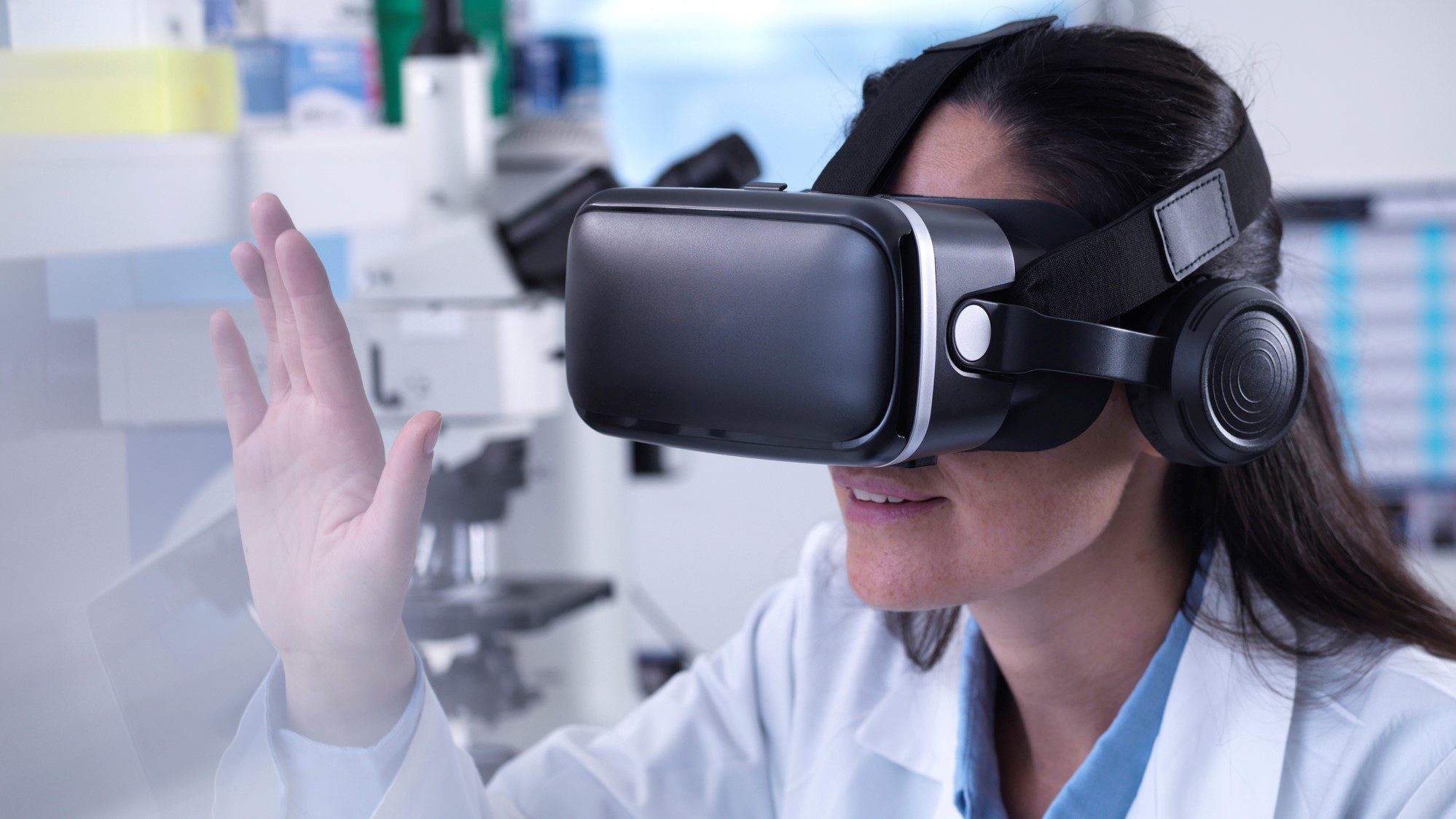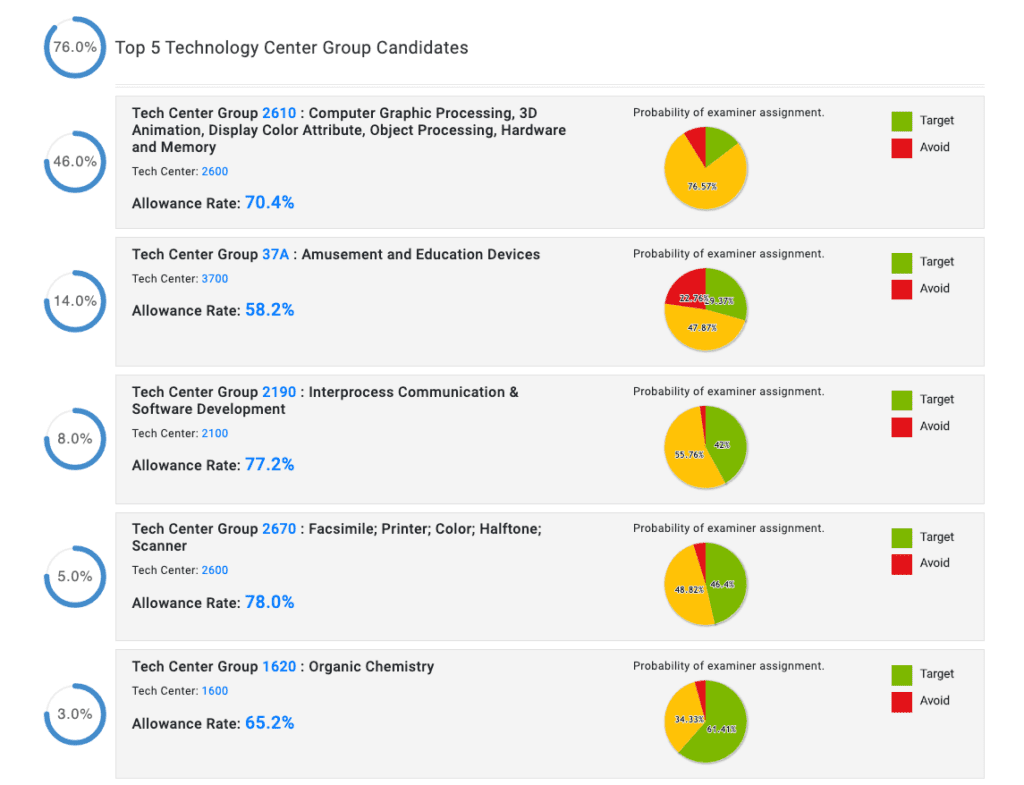Virtual Reality Patents: A World of Imagination

The incredible advances in technology make it possible for people to artificially explore foreign environments from the comfort of their own home. The growth of virtual reality, despite being launched many years ago, remains one of the more exciting and talked about innovations around the world.
The term “virtual reality” (or “VR”) is a term that describes a computer-generated environment simulation within which people can fully immerse themselves through interaction and exploration. Whether designed to showcase a mountain trail or on an alien planet, VR technology creates a believable setting for the user to enjoy. Once a concept found only in science fiction, a 2012 Kickstarter campaign for the Oculus Rift virtual reality headset quickly gained attention when it raised $2.4 million (nearly ten times more than it was seeking).
A small part of virtual reality that faces similar innovation and growth is augmented reality (or “AR”). AR combines the user’s actual environment with digital effects and overlay, instead of creating a world from scratch like VR. The most commonly recognized AR is entertainment based, showing up in Niantic’s mobile app games, Pokemon GO and Ingress, or on social media story filters, like Snapchat and Instagram. Although AR and VR are different systems, you will often hear them referred to collectively.
Since 2012, technology giants, like Google, Sony, and Nintendo, all entered into the VR space after realizing the potential. After that, companies like Apple, Intel, Microsoft, Nokia and Motorola Mobility Inc. jumped in on the AR/VR trend. While VR is commonly associated with the entertainment industry, we are now seeing that virtual reality has nearly endless applications, limited only by the human imagination. VR applications now include uses in education, corporate training, defense, architecture, and manufacturing. The healthcare world has integrated VR technology in the form of surgical simulators, rehabilitation tools, and even as a way to visualize complex medical data. Virtual reality provides a platform to recreate complete sensory experiences that cultivate both perspective and wisdom, and VR’s broad appeal has resulted in a wave of innovation and worldwide patent filings.
A granted patent from the USPTO means the application has undergone a vigorous review and approval process and that the inventor holding the patent has the sole right to the creation, usage, or sale of the product or system. To meet the requirements a new patent must be a process, machine or object; have utility; be novel or new; be non-obvious; and must not have been disclosed to the public prior to the application. As more uses continue to be found for VR, more patents will be filed and the landscape will become more and more crowded, making it feel trickier than ever to break into the industry.
However, as each company finds a unique perspective on VR, they also find their niche in the patent landscape. Oculus Rift provides one headset product with multiple coordinating parts, audio components, visual displays, and IR LED sensors. With more features, Oculus Rift has decided to file for patents protecting the overall device as well as upgrades in the individual elements. While companies like Oculus Rift seem to own the market, the uncovering of more unique hardware designs and software functionalities will always leave room for more patent opportunities that meet the ‘novel’ guideline.
Worldwide filings of virtual reality patents
The number of virtual reality patents and patent filings has erupted in the past decade, showcasing the abundant opportunities in this tech. But because the appeal for VR/AR patents is expanding, filing sooner rather than later on ideas may be crucial. But where to begin? Even though the majority of virtual reality patents are already public, it can be overwhelming to research prior art and sift through all the available information. Using the LexisNexis TotalPatent One® patent search tool, users can now access over fifteen thousand patent documents from over 100 patent authorities from that use the term “virtual reality” in their titles (as well as nearly three thousand VR patent documents from the USPTO alone). Moreover, when a patent search is conducted for “virtual reality” in patent document claim language, TotalPatent One® reveals nearly thirty thousand patent records to its users.
After broadening our search to uncover patent documents that use “virtual reality” in either the patent title, abstract, or claims, we utilized a few of TotalPatent One’s visual tools to assess which companies have been assigned the most VR patents, and where those filings took place.
Many familiar company names appear on the list of top patent assignees, including Google (691 VR patent documents), Samsung (646 VR patent documents), and Magic Leap (591 VR patent documents). Currently, with nearly fourteen thousand accessible patent documents, there has been more activity regarding virtual reality patents in the Chinese Patent Office than any other patent authority. The USPTO is not far behind, having processed over eight thousand patent documents. Also nearby are the nearly four thousand patent documents accessible from the Russian patent office.

The VR perspective and patent prosecution
Often, when a new technology leads to an abundance of patent filings, patent prosecution grows in difficulty as the “novelty” and “nonobviousness” requirements become tougher to meet. The Tech Center Navigator (formerly PathWays™) tool, available on the LexisNexis PatentAdvisor® patent prosecution platform, is able to use patent language keywords to provide both the likelihood of being assigned to a specific USPTO art unit, as well as key patent statistics that help make predictions about patent prosecution difficulty. Currently, a “virtual reality” the Tech Center Navigator search shows that USPTO allowance rates are still generally favorable for patent applications. However, patent statistics vary greatly across the technology center groups that are most likely to evaluate a VR patent (shown below).

The virtual reality and augmented reality revolution continues to boom, and advanced patent search and prosecution tools help companies and patent practitioners keep up with the times. Whether assessing a patent landscape with a TotalPatent One patent search or utilizing PatentAdvisor to develop successful patent prosecution strategies, LexisNexis® IP offers a comprehensive suite of patent tools for those looking forward to the future and more virtual reality patents.
For more:
- Learn more about TotalPatent One.
- Learn more about PatentAdvisor.
- Learn more about the Tech Center Navigator.
